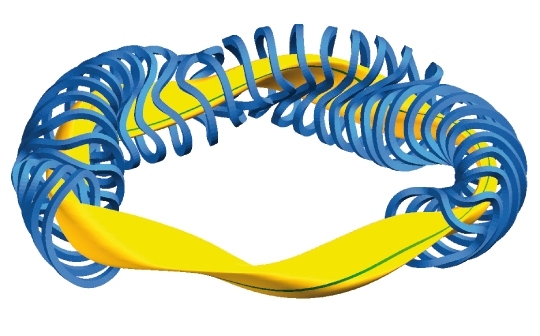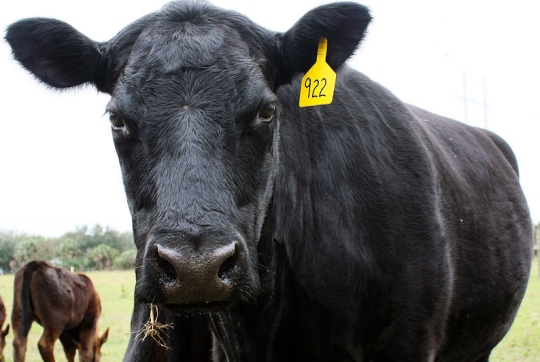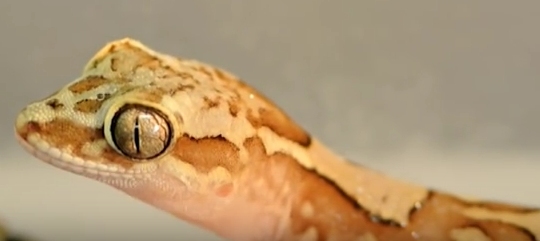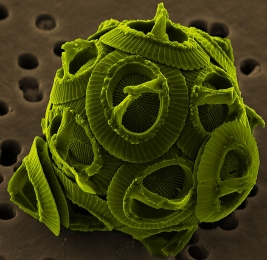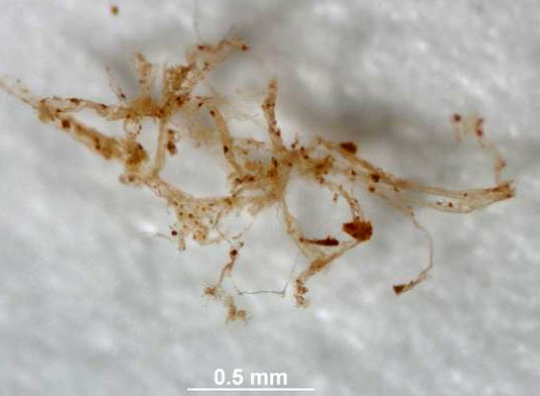
In case you are new to this blog, you might not be aware that in addition to being a professional science writer, I am also an amateur playwright. The plays I write are for church, and most of them are short. For Christmas and some other special occasions, however, I write longer plays. The one you will find linked at the bottom of this post is the “sermon-length” (about 30 minutes) Christmas play that we performed at my church on December 20th during the worship service.
This one is more lighthearted than most of my plays, and it requires that the stage be dressed up in gaudy, secular Christmas decorations. They are there to make the point that Christmas is not about such things, but some churches may find them offensive. Also, there is one “special effect” that you can drop if you want, but it was really funny when we did it. When Marc said, “Hey, check this out, I can even make it snow,” he held up a homemade “snow machine” and made it snow.
The “snow machine” was actually just a leaf blower that I had filled with the fake, plastic snow you can buy pretty much anywhere that has Christmas decorations. In order to make the effect work, you need to remove the nozzle on the leaf blower so there is just an open tube remaining. The fake snow gets clogged up in the nozzle. Ideally, you would extend the tube so you can add more snow. I did it with a cardboard mailing tube taped on the end. Then I dumped enough fake snow into the extended tube so it was about 3/4 full. Don’t PACK the snow it. Just pour it in. Aim the leaf blower above the actors’ heads, and when you turn it on high, the fake snow will “explode” above them and gently fall on them. Of course, you can cut that effect if it’s too much trouble.
One other note: I wrote this play specifically for the people in our church. As a result, there are references that work specifically for those people. Marc really is our pastor, for example. He also leads worship, so when Sarah references that, it makes sense. The character named Jay is me, and I am in nearly every play we do. That makes Chris’s line about Jay being in a “few” plays funny. You can adjust those lines to make it work for the people in your church.
As is the case with all my dramas, feel free to use this in any way you think will edify the Body of Christ. If possible, I would like a credit, but that’s not nearly as important as using it to build up the church!

